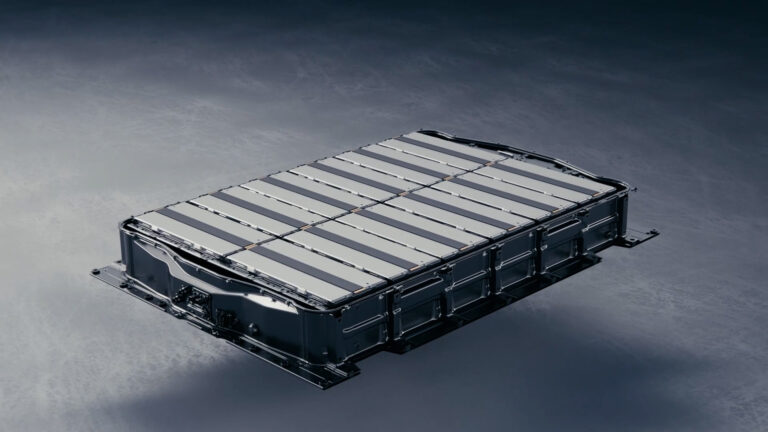The project, Evaluation of Electric Vehicle Batteries to Enable Directed Energy (EEVBEDE), is funded by the US Department of Defense (DoD) through its Operational Energy Capability Improvement Fund (OECIF).
Previously, GM Defense participated in the Defense Innovation Unit’s Jumpstart for Advanced Battery Standardization (JABS) project. Similar to EEVBEDE, JABS focused on evaluating and testing high-voltage battery systems to optimize commercial technologies.
GM says the learnings from JABS will help inform future battery-electric defense solutions, highlighting the importance of integrating commercial battery technologies into defense applications.
Project overview
The UTA PPEL will assess the capabilities of commercial automotive batteries under dynamic discharge and charge scenarios. This evaluation aims to identify pathways and options for domestically supplied energy storage for future military platforms.
GM Defense will utilize GM’s Ultium Platform propulsion architecture for this evaluation. The Ultium Platform, according to GM, can deliver significant power, range and adaptability to various chemistries and cell form factors.
“We are excited to work with GM Defense to test the Ultium Platform to determine its potential for use in future warfighting applications. PPEL has a long relationship with the DoD and the Office of Naval Research for testing the limits of batteries used in high-power applications, and we are in a unique position to evaluate this technology and make recommendations for future use cases,” said David Wetz, a professor of electrical engineering at UTA and director of the PPEL.
Project partners anticipate that insights gained from this project will inform the design and performance considerations for batteries used in high-power operations, which are more demanding than typical commercial applications.
“The Department of Defense can benefit from billions of dollars in GM investments to develop and manufacture transformative battery technologies,” says Steve duMont, president of GM Defense. “These technologies offer significant potential to enhance operational capability, whether at the tactical edge or on installations throughout the world.”


